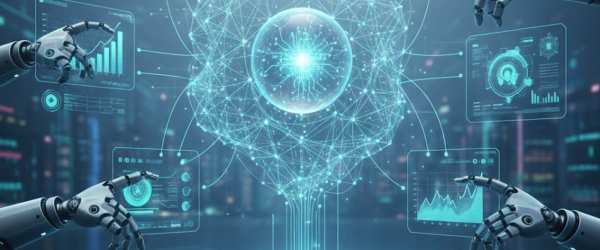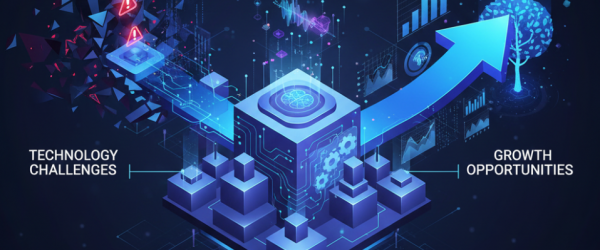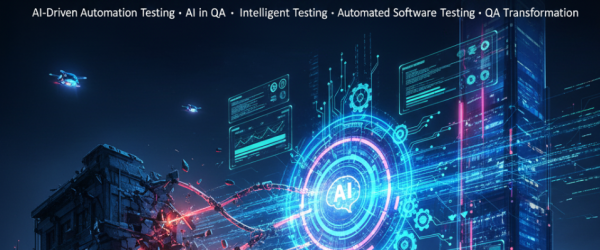Introduction
In an age where every device, interaction and transaction generates data, organizations face a paradox: vast quantities of information—but limited insight. It’s estimated that up to 80-90% of enterprise data is unstructured (text, images, logs), creating “data chaos” where meaningful patterns remain hidden.
Machine learning (ML) stands at the heart of the solution. Rather than merely accumulating information, ML transforms it into intelligence-actionable insights that drive decisions, innovation and value.
The Nature of Data Chaos
Data chaos arises from several interlocking factors:
- Volume: The world now generates more data in two years than the prior decades combined.
- Variety: Data comes in structured (databases) and unstructured (emails, images, social media) forms-with unstructured data dominating.
- Velocity & Complexity: Real-time streams, event logs and multi-source pipelines make analysis difficult with traditional tools alone.
Left unchecked, this chaos leads to missed opportunities, inefficient decisions, and overloaded analytics teams.
How Machine Learning Converts Chaos into Intelligence
Machine learning models act as the bridge between raw information and strategic insight. Here’s how the transformation unfolds:
- Data ingestion & preprocessing: ML pipelines clean, normalize and structure data-turning noise into usable inputs.
- Feature engineering & pattern detection: ML algorithms discover hidden relationships, latent features and predictive signals.
- Model training & deployment: Supervised, unsupervised and reinforcement learning models learn from patterns, then apply them to new data.
- Insight generation & action recommendation: ML produces predictions, classifications or segmentations-insights become actionable.
Feedback loops & self-learning: Over time, models refine themselves based on outcomes-turning intelligence into continuous learning.
Real-World Intelligence: Use Cases Driving Growth
The Machine Learning market is accelerating, with a projected Compound Annual Growth Rate (CAGR) of 30.5% from 2025 to 2032 (Source 4). This rapid growth is driven by tangible business outcomes across every sector:
Table: ML Intelligence in Action
| Industry | Use Case | ML Approach | Intelligence Gained |
|---|---|---|---|
| Finance | Fraud Detection | Supervised Learning | Real-time identification of suspicious transactions, reducing losses. |
| Manufacturing | Predictive Maintenance | Regression/Classification | Forecasts equipment failure before it happens, minimizing costly downtime. |
| E-commerce | Personalized Recommendations | Unsupervised (Clustering) | Insight into user purchasing intent and affinity, driving 15-minute personalization updates (Source 5). |
| Healthcare | Medical Image Analysis | Deep Learning (Computer Vision) | Automated analysis of X-rays or MRI scans to detect diseases with higher accuracy (Source 6). |
| Telecommunications | Customer Churn Prediction | Supervised Learning | Identifying at-risk customers with up to 90% LTV accuracy days after installation, enabling proactive retention (Source 7). |
Conclusion: The Future is Prescriptive
Data is everywhere, but intelligence is scarce. Machine learning is the catalyst that transforms information overload into strategic advantage. For tech leaders, analytics heads and innovators: the time to act is now—chart the roadmap, build the capabilities and unlock the value hidden in your data.







